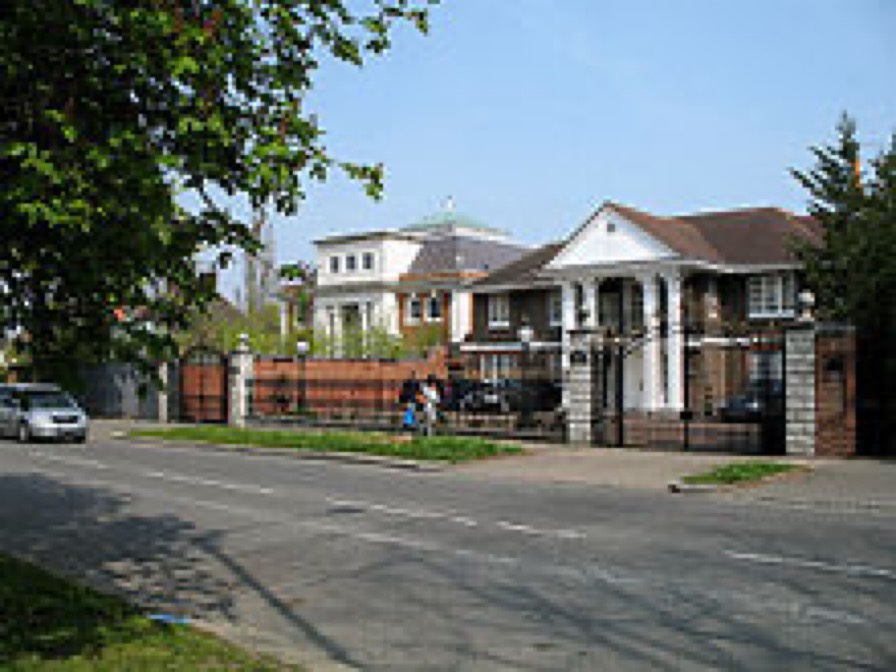London’s most expensive postcode districts

Market analysis by mortgage broker, Henry Dannell, reveals in which areas of London £1 million is simply not enough to buy a home.
London has always been home to some of the UK’s highest and most durable house prices with an average asking price well over half a million year after year.
In fact, in the past year alone, the capital’s average price has increased from £542,344 in 2021 to £579,014 in 2022. This is a rise of £36,669 or 7%.
This high average price is due to the fact that London is home to a sizable premium market, one that Henry Dannell’s research shows is still growing.
In 2022, 6.8% of all available homes on the capital’s market were valued at more than £1 million, an increase of 0.4% since 2021.
But in a city of extraordinary prices, even £1 million sometimes isn’t enough.. Indeed, Henry Dannell has identified 10 London postcode areas where £1 million is considered chump change – not enough to enable buyers even a sniff of the market.
The city’s most expensive buying postcode location is W1, covering the likes of Westminster, Mayfair, and Soho. Here, the average home costs £2.2 million having increased by 4.7% in the past year alone. This asking price is 278% higher than London’s overall average.
The SW7 postcode area, which includes Knightsbridge and South Kensington, the average house price is currently £2.1 million despite having dropped by -4.8% in the past year. This is 265% higher than London’s overall average asking price.
£1 million also isn’t enough to buy in the W8 postcode area, covering parts of Kensington and Holland Park. Here, the average price has increased by almost 10% in the past year, currently sitting at £1.9 million, 226% higher than London’s overall average.
Average asking prices also dwarf £1 million in SW3 (£1.8m), WC2 (£1.6m), SW1 (£1.5m), SW10 (£1.3m), NW8 (£1.25m), W11 (£1.2m), and EC2 (£1.1m).
Director of Henry Dannell, Geoff Garrett, commented:
“Not so long ago, a budget of £1 million would’ve made London’s housing market your playground. But now we have large swathes of the city where it barely even scratches the surface. In these areas of high prices, it’s important to consider what it means for long-term demographic evolution.
With an average price of more than £2 million in some areas, the majority of buyers are prevented from purchasing. As the potential audience is small, this will undoubtedly lead to a more opportunistic demographic of buyers, often from overseas and planning on spending very little time residing in their newly acquired London property. So, while it’s great for London’s housing market to be so valuable, it is unquestionably going to change the historic makeup of these areas. Whether this is for better or worse remains to be seen.”




